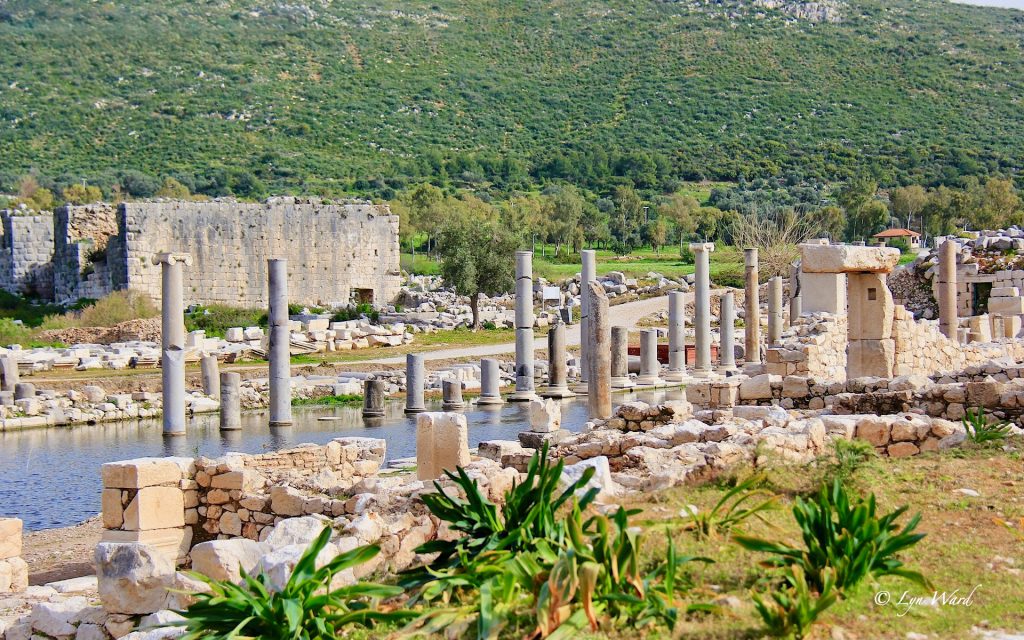The Main Street of Patara, stretching north-south from the inner harbour to the agora in front of the Parliament, stands as one of the widest and best-preserved streets in Lycia.
With a width of 12.60 metres, it was flanked by 6-metre-wide Ionic porticos—granite columns on the east and marble on the west. The western portico once boasted intricate geometric mosaics, though time has nearly erased them.
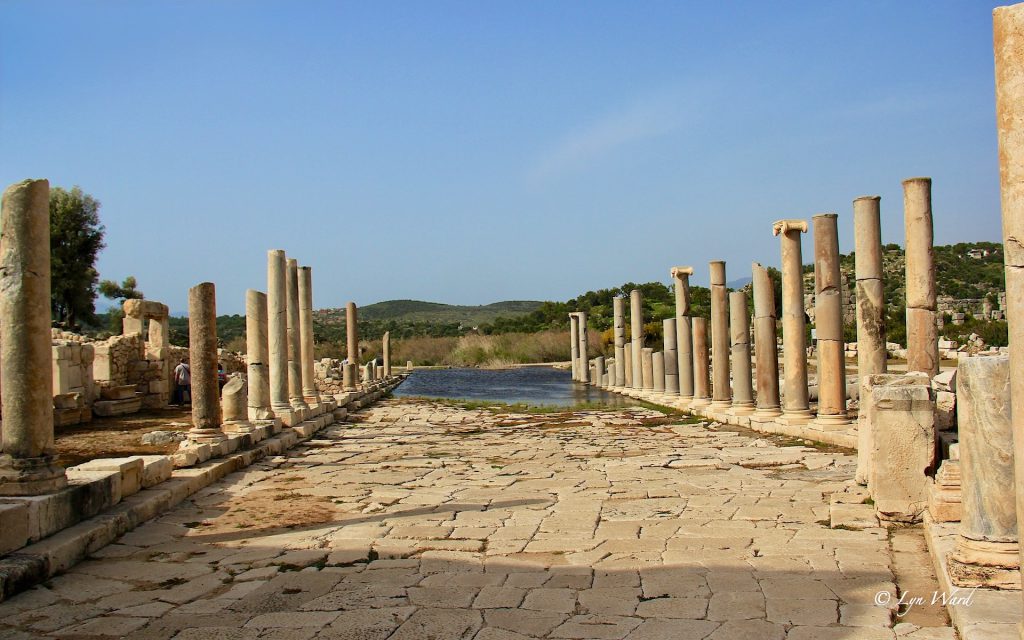
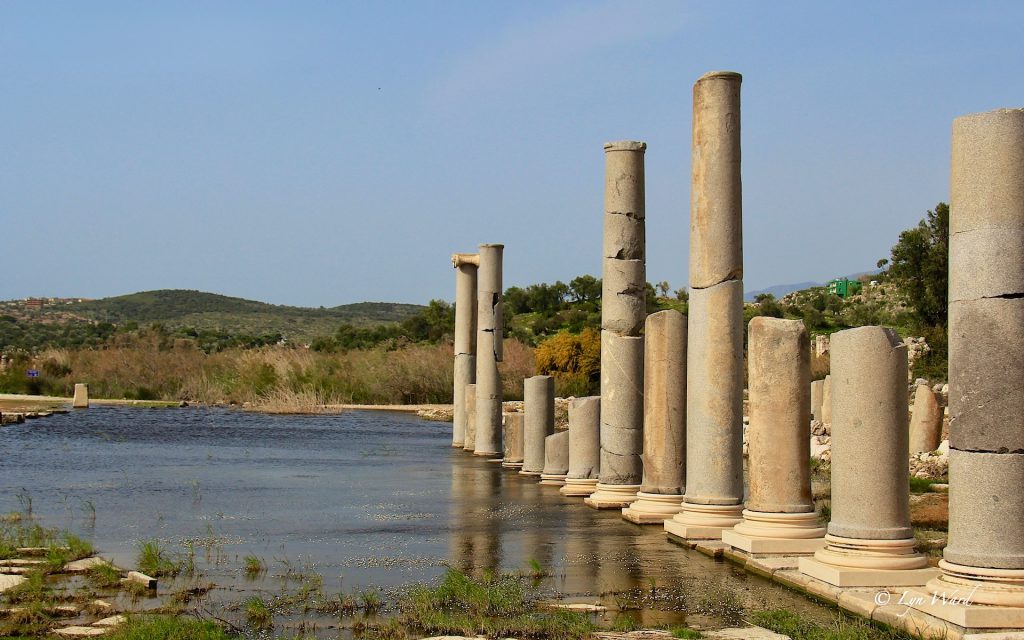
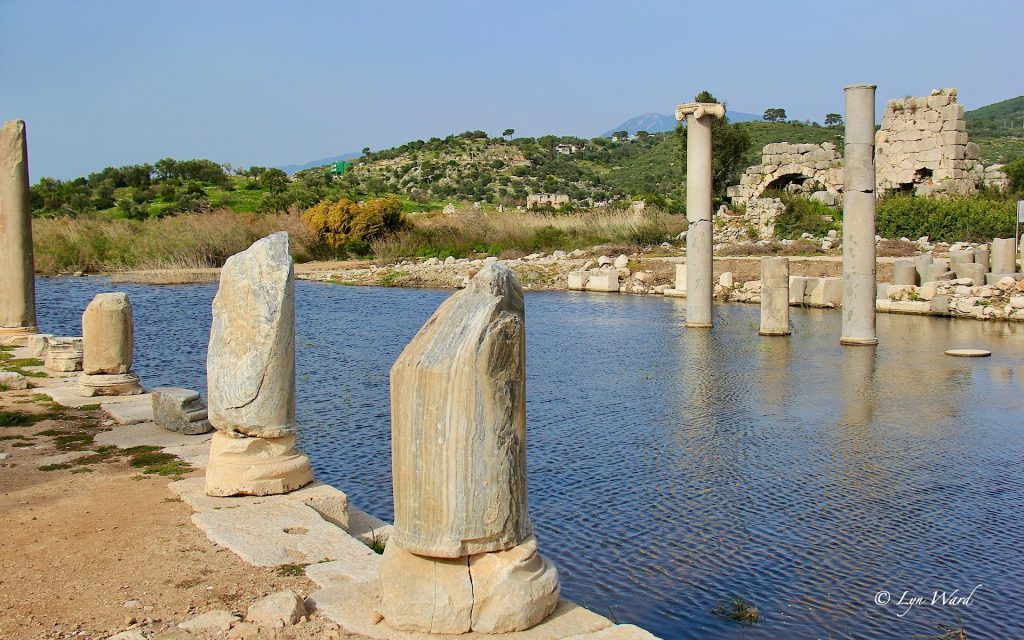
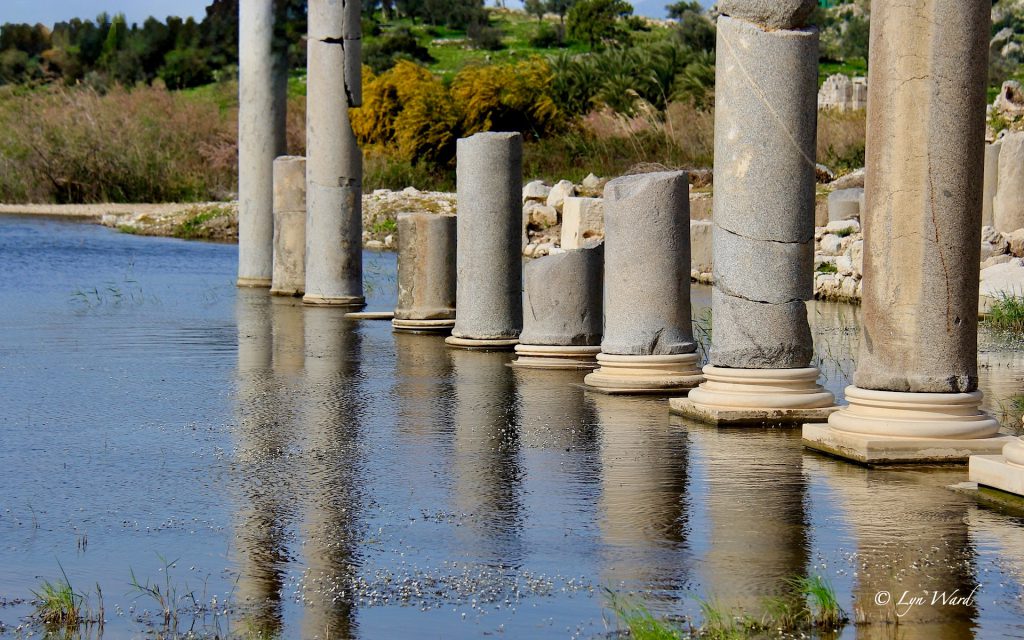
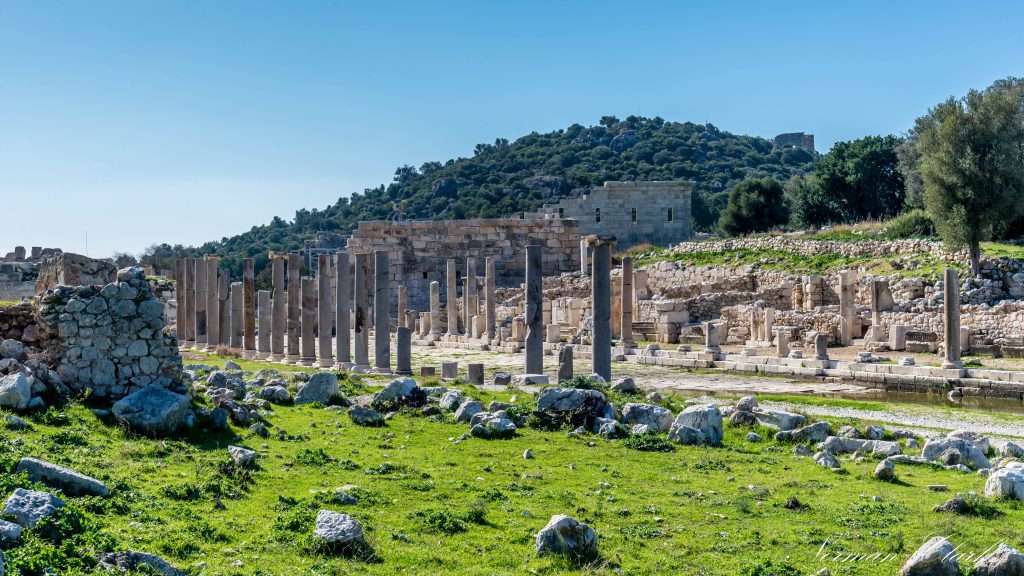
Behind these porticos lay shops of varying sizes and functions, hinting at the street’s vibrant commercial past. Despite its importance, no wheel tracks have been found, suggesting it served as a pedestrian boulevard rather than a thoroughfare for vehicles. Below its surface, an advanced sewage system flowed in the same north-south direction, reflecting the city’s sophisticated infrastructure.
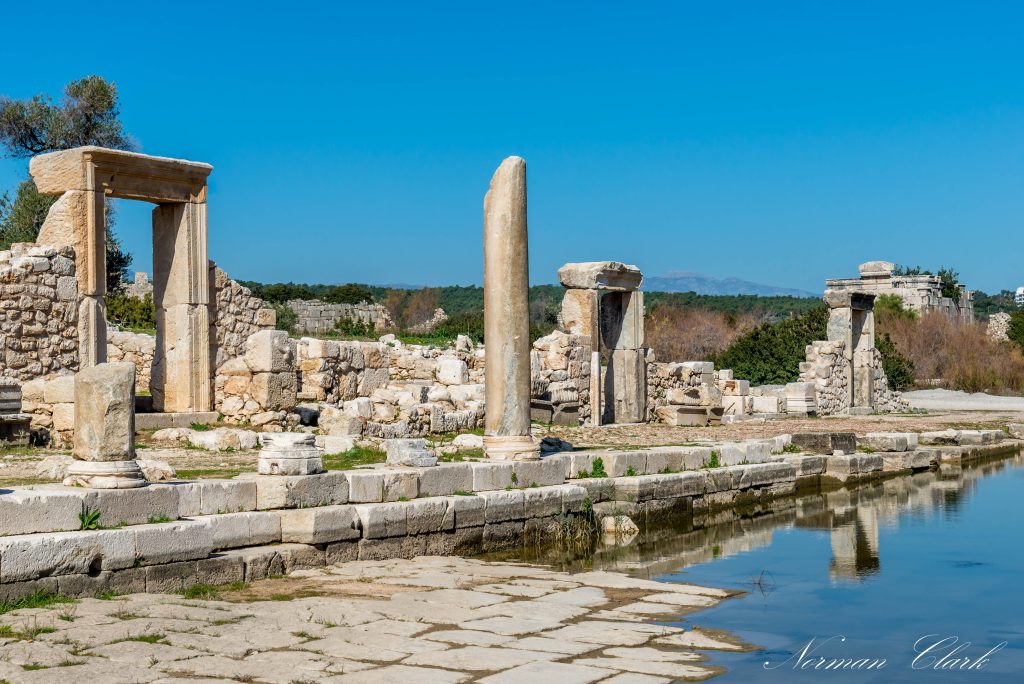
Originally a Hellenistic-era road, the street was later redesigned as a Cardo (north-south axis) under the Roman Empire. It intersected with the Decumanus (east-west road) near the Prostvlos Temple, forming a key junction leading to the harbour.
At its southern end, the Agora West Stoa, spanning 120 metres, marked the entrance to the State Agora. Built in the early 2nd century AD, it featured Ionic columns in ten rows and an inner row of Corinthian order. The North Entrance, still standing 2.40 metres high, showcases its original arched and pedimented architecture.
Throughout its history, Patara’s Main Street remained a vital urban spine, sustaining its role until the 7th century AD. Various side roads connected to it, facilitating movement across the city. Notably, near the Port Bath, a key junction formed where smaller streets met, while two parallel roads, 2.50 m and 3.75 m wide, extended southward.
Standing at the junction of these major streets was the Miliarium Lyciae, a monumental road guide directing travellers to cities across Lycia. This landmark underscores Patara’s role as a major transport and trade hub in antiquity.
Despite centuries of earthquakes and submersion, Patara’s Main Street remains an extraordinary testament to Lycia’s architectural grandeur and urban planning prowess.
Getting to Patara from Fethiye
Getting to Patara from Fethiye is easy and scenic, especially by car. The journey takes approximately 1 hour and follows the D400 heading southeast towards Antalya. This well-maintained highway offers beautiful views of the Mediterranean along the way. Just follow the signs for Patara near the town of Gelemiş, where you’ll turn off the main road and follow a short local route to reach the ancient city and its famous beach.
Support Fethiye Times – Shop & Support
We’re excited to share the launch of our new Amazon Storefront, featuring a curated selection of travel essentials including guides, luggage, packing organisers, and beach accessories. Every purchase made through the storefront helps support Fethiye Times, as we receive a small commission at no extra cost to you. It’s a simple way to get ready for your next holiday while helping us continue to share news and stories from Fethiye.

